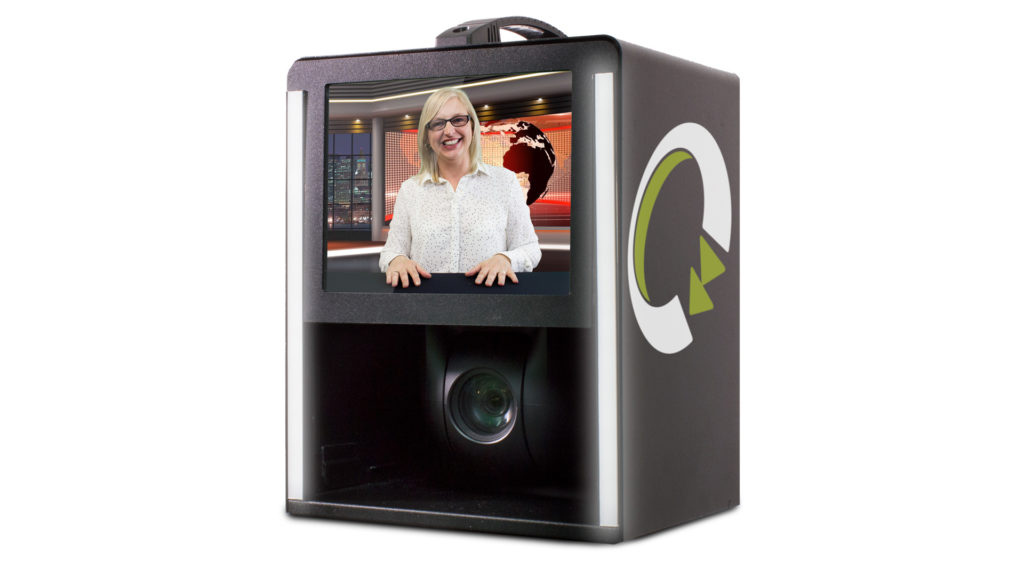
Accurate tracking of data and information is important in this job. A simple Excel spreadsheet is sufficient.

It’s also wise to keep a log of the cards you’ve processed so you can account for them. This is the part of the job known as “Data Wrangling”, which, again, on bigger shows is a standalone job. The DIT would receive the card at a dedicated place on their cart, usually on the left side, put the red tape with the mag name on top of the card reader, put the ‘mag’ into the reader, copy the footage to a local hard drive array using special software that verifies the success of the copy (dump the entire contents of the card to the hard drive array) and then make more copies for safety as well as for the members of production and post production who will need the footage. The camera crew will put red tape over the contacts of the memory card. For example, if it’s the seventh mag of the day from camera A it might get labeled A007.

Here’s the general workflow: Camera operators will eject the “exposed” camera media, mark it with red tape and write an incrementing number to identify the “mag” (AKA “memory card”) and the camera it came from. They can play a role in helping communicate the intention of the cinematographer from set to post.

Because they take the “exposed” camera “mags” and apply a look for the crew to be able to evaluate, they are in some ways like a modern day film processing lab. A DIT or “Digital Imaging Technician” is responsible for media backup, possibly sync and transcode, applying a base grade called a “one-light” for the creation of viewable ‘dailies’, and occasionally the more technical job of camera consultation for digital productions. But there’s more to the ever-evolving role of a modern DIT.

For this reason, professional workflows and positions exist to safeguard the data. When you consider the number of people involved on a higher end film, not to mention any stunts, effects, or performances that are not easy to repeat, the cost of the media captured is extremely high. Yep, on a bigger film set there may be a dedicated ‘data wrangler’ whose job is primarily the safe offloading and duplicating of media files.


 0 kommentar(er)
0 kommentar(er)
